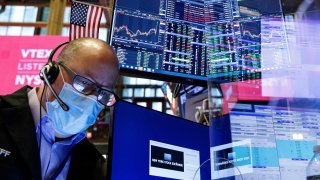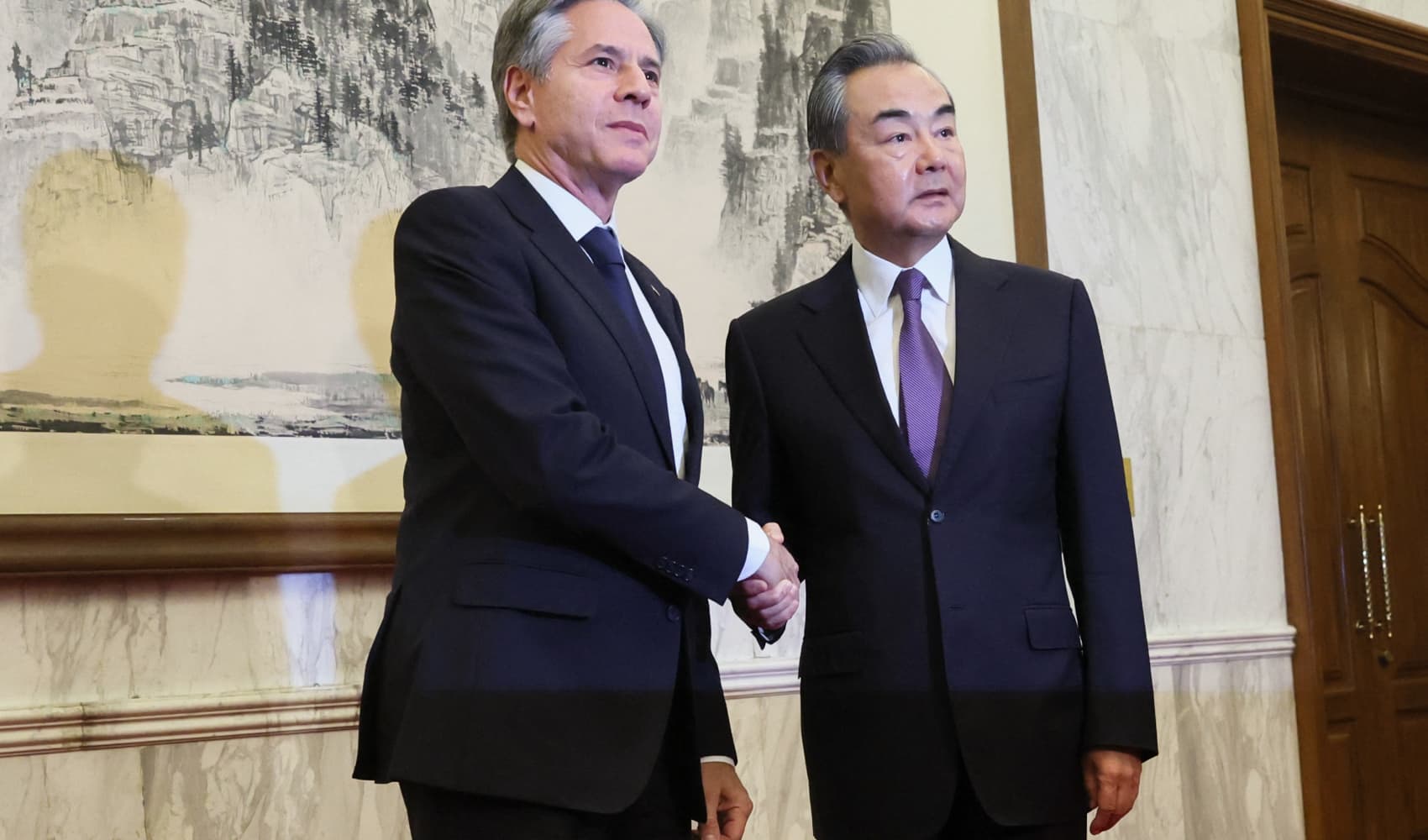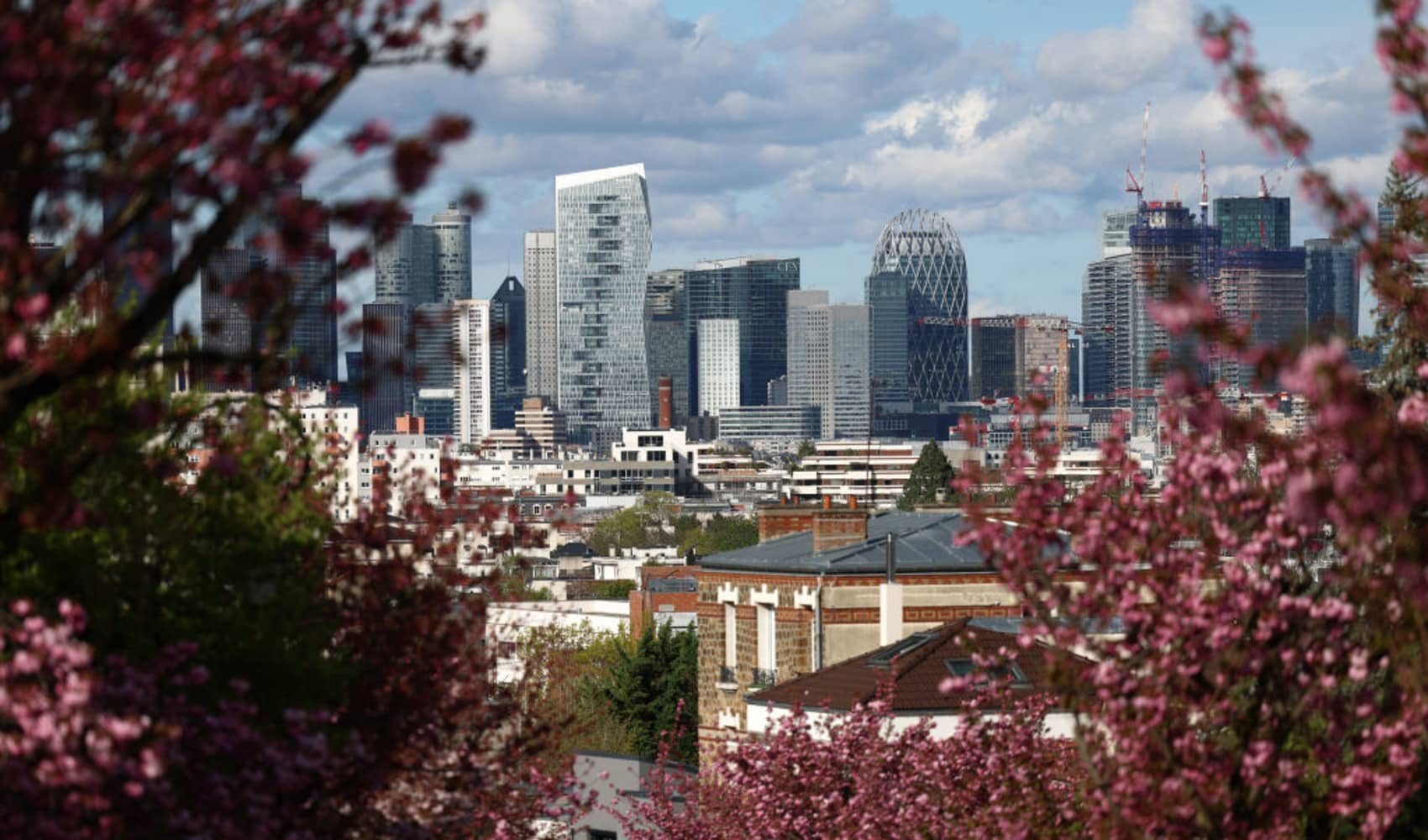
It may be the 125th year of the Dow Jones Industrial Average, but passive investing has managed to maintain its popularity, S&P Dow Jones Indices CEO Dan Draper told CNBC.
This year has already notched records for global and U.S. ETF inflows, with $13.5 trillion now benchmarked or indexed to the S&P 500 and $9 trillion in the global ETF market.
The active vs. passive investing debate — the tension between paying more for potential outperformance versus locking in standard market gains for less — has served as fuel to the fire, Draper said Monday on CNBC''s "ETF Edge."
We're making it easier for you to find stories that matter with our new newsletter — The 4Front. Sign up here and get news that is important for you to your inbox.
"Who's benefiting? End investors," the CEO of the world's largest index provider said. He estimates that $357 billion of lower fees have gone into the pockets of those investors because of the shift to passive from active.
That should continue to drive indexing's explosive growth, Draper said.
"We don't estimate any market impact really until passive constitutes about 80% of the overall market. Today, it's 25-30%," he said. "There's a long runway for passive to continue to grow versus active."
Money Report
Along the way, Draper expects S&P Dow Jones to dive more into environmental, social and governance investing.
"ESG is growing all over the world, including increasingly now here in the U.S.," he said, adding that the company was "in market with products" related to such considerations.
"Once we feel comfortable with the underlying data, the methodologies, we want to get those in the hands of the marketplace," he said.






